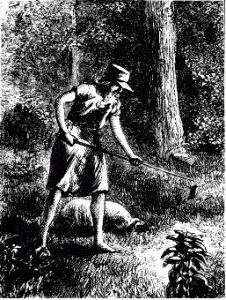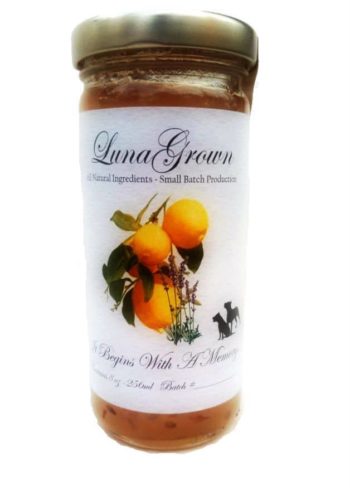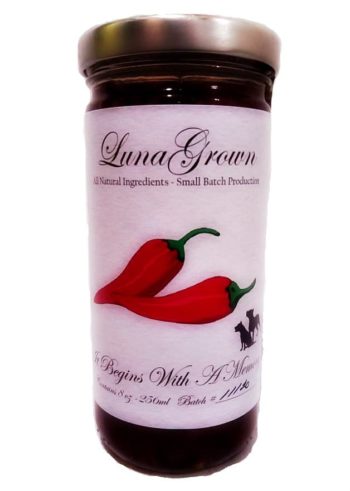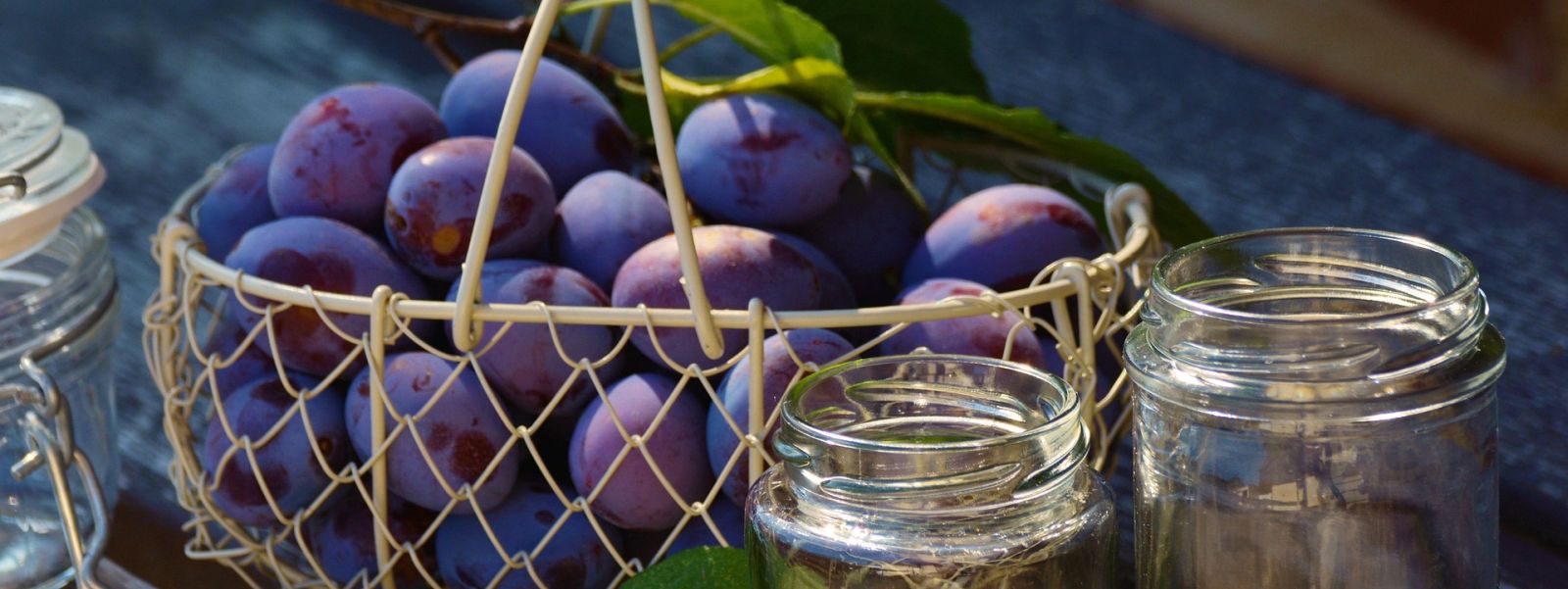
The History of Jam
To appreciate today’s gourmet jam and the artisans that create it. One must look to the past and understand its journey from the Kings and Queens who regaled in its delicate creation, the settlers who relied on its nutritional value and sustainability, to the troops that utilized the quick energy jam would provide them during battle. Yes, the history of jam is long and delicious.
It has been suggested that the preservation of fruit historically dates back to the Crusades when soldiers brought the process back from the Middle East.
Recipes for fruit preserves can be found in the oldest collection of methods to survive from antiquity, De Re Coquinaria (“The Art of Cooking”) is attributed to Marcus Gavius Apicius, the famed epicure who flourished during the reign of Tiberius early in the first century AD. The recipes themselves were not compiled until late in the fourth or early in the fifth century.
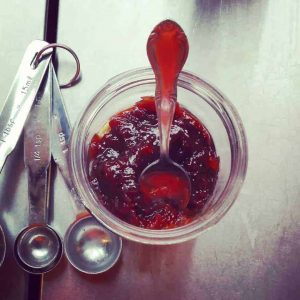
Until two hundred years ago, people preserved foods by drying, smoking, salting, cooking with sugar, or simply storing root vegetables and grain in dark dry cellars or buildings. Although mankind has used many ways to preserve food in the last sixty thousand years, it is only in the last two hundred that methods have been developed that preserve food in a state that is close to its original fresh form. The first steps toward modern preservation methods were spurred by Napoleon Bonaparte in 1785. His desire to feed his armies led him to offer a reward for anyone who could devise a safe and reliable way to preserve the food they needed. Thus the experimentation began and the great history of jam.
 Eventually, a chef named Nicolas Appert began experimenting with food that was heated to very high temperatures and then sealed in an airtight container. His first experiments were successful and over a period of ten years he discovered that different foods must be processed at different temperatures and times according to the amount of acid in the foods.
Eventually, a chef named Nicolas Appert began experimenting with food that was heated to very high temperatures and then sealed in an airtight container. His first experiments were successful and over a period of ten years he discovered that different foods must be processed at different temperatures and times according to the amount of acid in the foods.
Marmalade is thought to have been created in 1561 by the physician to Mary, Queen of Scots when he mixed orange and crushed sugar to keep her seasickness at bay. It has been suggested, in fact, that the word marmalade derives from the words “Marie est malade” (Mary is sick), but it is far more likely that the derivation is from the Portuguese word marmelo for quince.
Marmalades were a kingly delicacy and many a royal sweet tooth demanded an array of fruit flavors rich with sugar. Chroniclers of more regal eras describe at length the magnificent feasts of Louis XIV, which always ended with marmalades and jellies served in silver dishes. Each delicacy served at Versailles was made with fruit from the king’s own gardens and glasshouses, where even pineapples were grown and candied like less exotic fruits.
The history of jam continues. In the early 1800s in the United States, the country was experiencing a surge westward. Of the many legendary characters to emerge during this period was John Chapman, better known as Johnny Appleseed. A nursery-man from western Pennsylvania, Chapman walked through the Midwest planting apple orchards. His purpose was to provide crops for the coming pioneers.
One of those pioneers was Jerome Smucker of Ohio who used Chapman’s apples to open a cider mill in 1897. Within a few years, he was also making apple butter. Smucker blended the apple butter in a copper kettle over a wood stove. He and his wife ladled the apple butter into stoneware crocks. She then sold it to other housewives near their home in Wayne County, Ohio.
Fifty years earlier in Concord, Massachusetts, Ephraim Wales Bull finally achieved his goal of cultivating the perfect grape. His rich-tasting Concord grape became enormously popular. In 1869, Dr. Thomas Branwell Welch used the Concord grape to launch his grape juice company.
When, in 1918, Welch’s company made its first jam product, Grapelade, the United States Army bought the entire inventory The entire production was purchased by the U.S. Army and shipped to France for consumption by the troops during World War I. When the troops returned to the States after the war, they demanded more of this “Grapelade,” and it was produced in quantity. . The company’s trademark Concord grape jelly debuted in 1923.
After World War II, food scientists developed the process of aseptic canning: heating the food and the jar or can separately. For sensitive foods such as fruits, this allowed for high-temperature flash cooking that preserved taste and nutritional value.
When sugar prices soared in the early 1970s, high fructose corn syrup (HFCS) became a popular substitute. Several major food processing companies, including Archer Daniels Midland, Amstar CPC International, Cargill, H.J. Heinz, and Anheuser Busch opened HCFS plants.
Although High Fructose Corn Syrup has been blamed for numerous health concerns we must give credit where credit is due. Without the introduction of this syrup in commercial products there might not be so many of us looking to the past to find the pure and simple jam of yesteryear
Today’s standards are also giving jam maker’s the freedom to explore. Flavor combinations are as endless as one can imagine and the ability to choose from a vast array of sweeteners to no sweetener at all means the artisan can perfect an offering true to their own vision much like the epicure’s of the first century AD.
- Understanding Differences: Jam, Jelly, Marmalade, and Preserves - April 14, 2025
- Journey Into Nostalgia: The Genesis of LunaGrown - March 27, 2024
- Discover the Delightful Charm of LunaGrown Jam Today! - March 10, 2024

